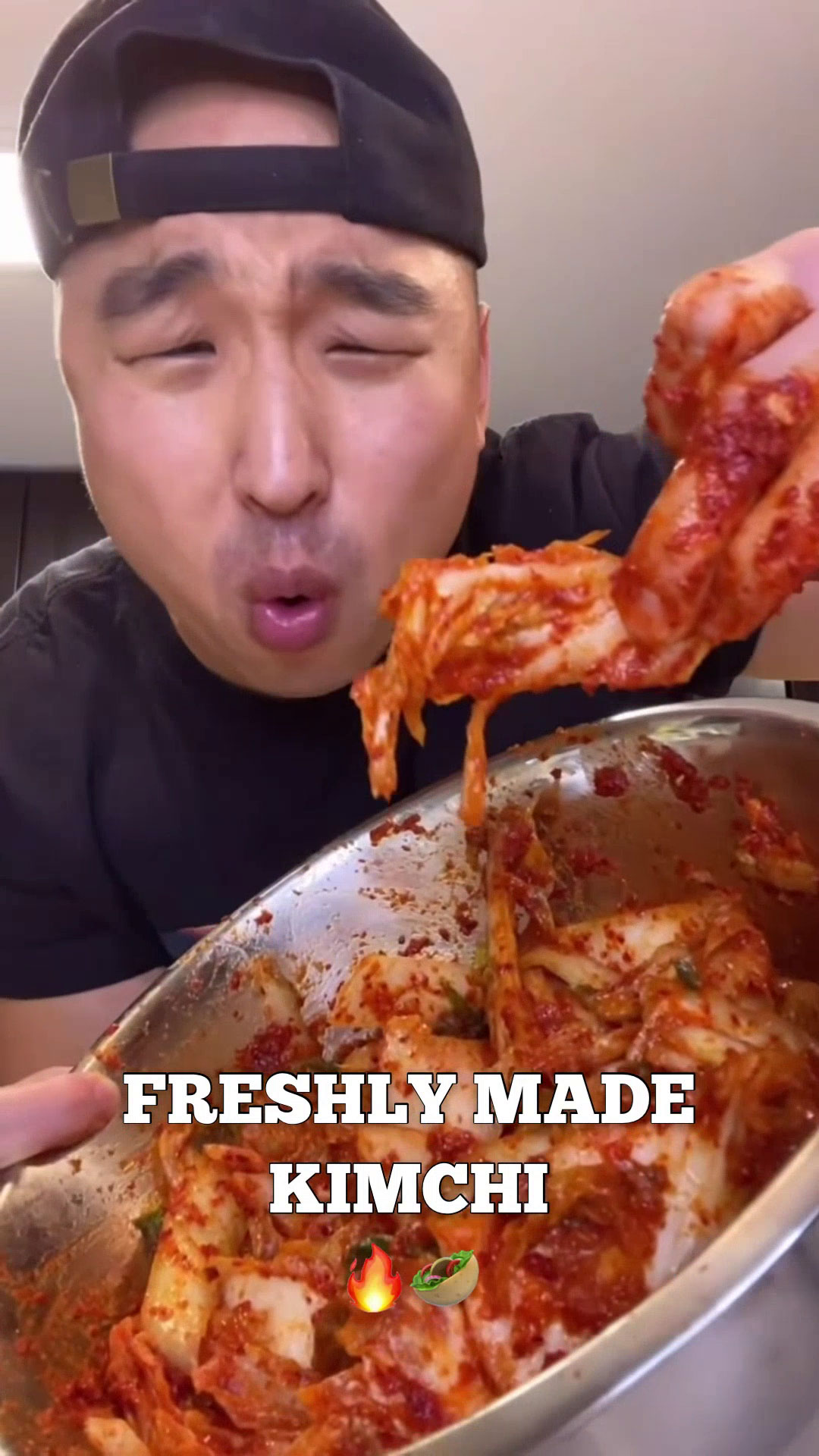
Fresh Kimchi or Geojeori is ready-to-eat kimchi. No fermentation is needed, but it’s just as good!
What is Kimchi and what does it taste like?
Kimchi, linguistically speaking, means fermented vegetable. In Korea, there is a wide variety of kimchi made with scallions, chives, radishes, cucumber, perilla leaves, and so much more. However, it is more commonly associated with napa cabbage worldwide. Napa cabbage kimchi is the most basic and common form of Korean fermented vegetable.
Traditionally, we have what we call “Gimjang” or “Kimchi Day” where we spend the day making literally big batches of kimchi. This means double-digit kilos of cabbage and other vegetables prepped to be fermented. With the several key steps to be done and the variety of vegetables used, it will take literally a whole day to finish the process. We even got our trusty gloves, apron, and boots dedicated to being used only on this day.
Gimjang is an important day for Koreans because all the kimchi made is going to be fermented and stocked for several months, especially through the winter season, and given away to extended family. Recipes are unique per family and it is passed down to generations into the future. I am honored to be part of such a special culture, and I would love to share this with all of you.
While the fermented kimchi-making process might sound like a bit of work, I made a simpler and easier recipe so you can still taste this special side dish. Fresh Kimchi or Geotjeori is kind of like a spicy cabbage salad. The taste is very close to the fermented one but with lesser acidity, leaning toward umami, sweet, and spicy. The acidity in kimchi is often an acquired taste, so with less of that, I am sure you will enjoy this. Let’s go!
Preparing the Napa Cabbage
Disclaimer: I get a small commission at no additional cost to you when you make a qualified purchase under the affiliate links.
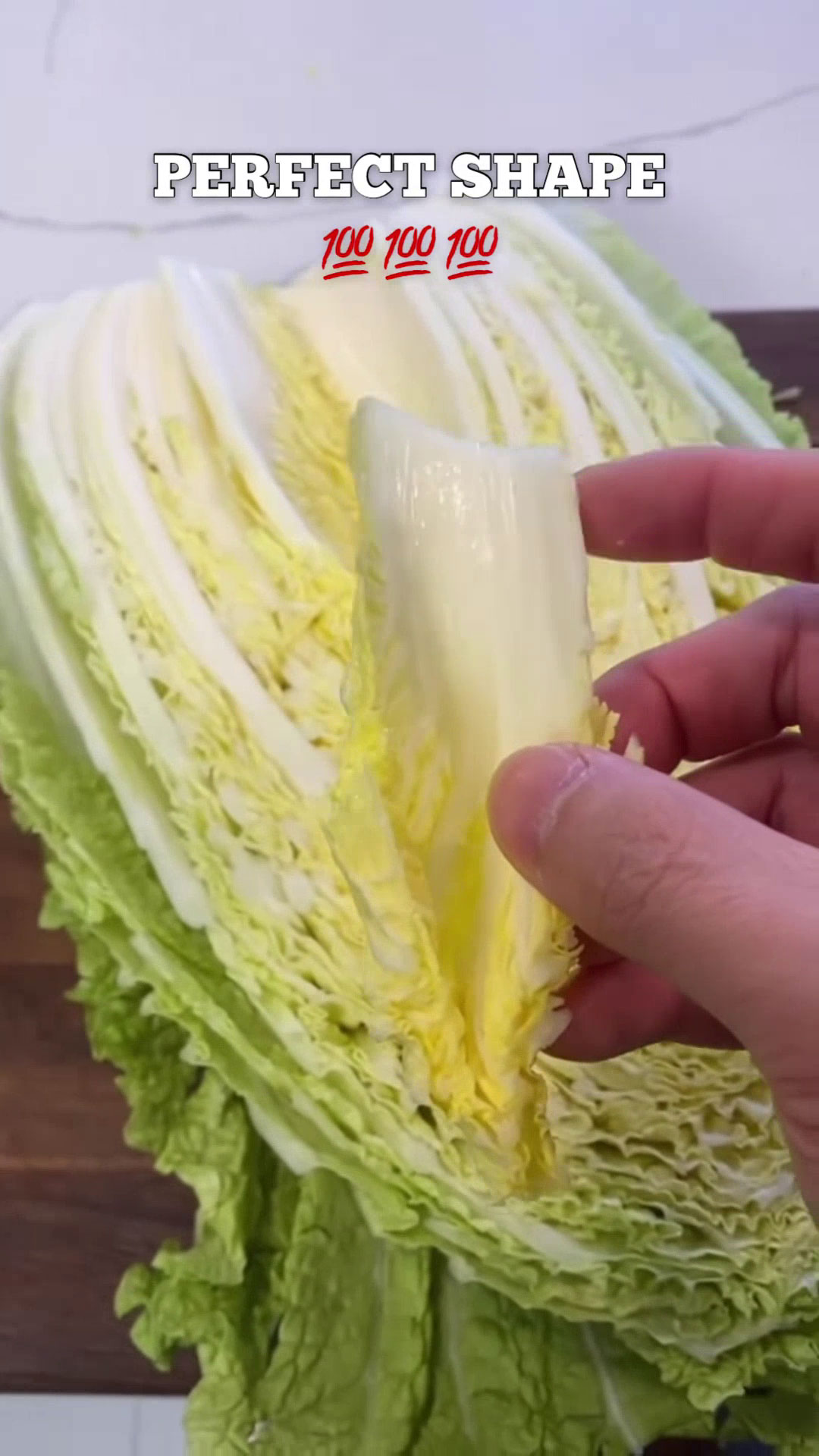
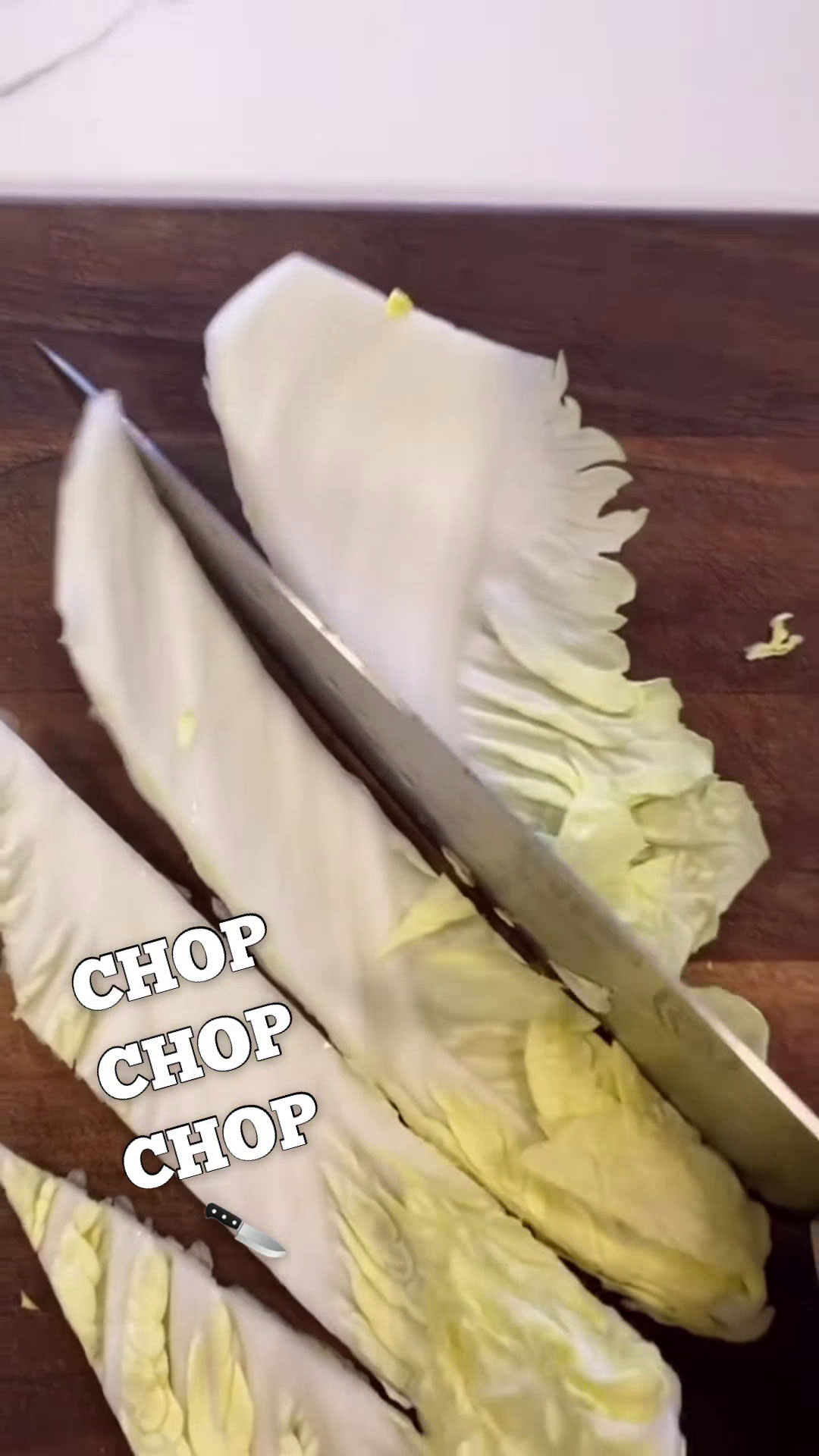
In buying cabbage, look for one that is clean, crunchy, and a bit yellow to ensure it is in its peak state. The bigger it is, the better, so it is well worth the effort to make and it can last you for days and several meal times.
Remove the leaves from the core. The small leaves in the middle are the perfect size. But in chopping the bigger leaves, slice each leaf in the middle, then horizontally or diagonally to get both the root and the leaf in every bite. With that, you get the best of both worlds!
Brine the cabbage by layering leaves and sea salt in a big bowl or basin, ensuring each piece is salted. Fill the basin with water, then push the cabbage down by using a big pot filled with water. This is a very important step because it will flavor the cabbage and help draw out as much water so it doesn’t get soggy when stored in the fridge.

After brining, the difference in texture should be evident. Before, the cabbage will break when folded. After, it becomes bendable but will not break while remaining crunchy.
Wash and drain the cabbage after brining. Don’t worry, it won’t be too salty or bland, but just right when washed properly. Drain it well so the kimchi sauce sticks to the cabbage well.
What kind of salt?
The best salt to use is sea salt. This is what we grew up using. I don’t recommend using iodized or table salt, but if this is all you have, measure it in grams to avoid making the cabbage too salty.
What can I substitute for napa cabbage?
If you wish to use a different vegetable, the sauce may also be different. You can refer to the following for other types of kimchi:
Making the Kimchi Sauce
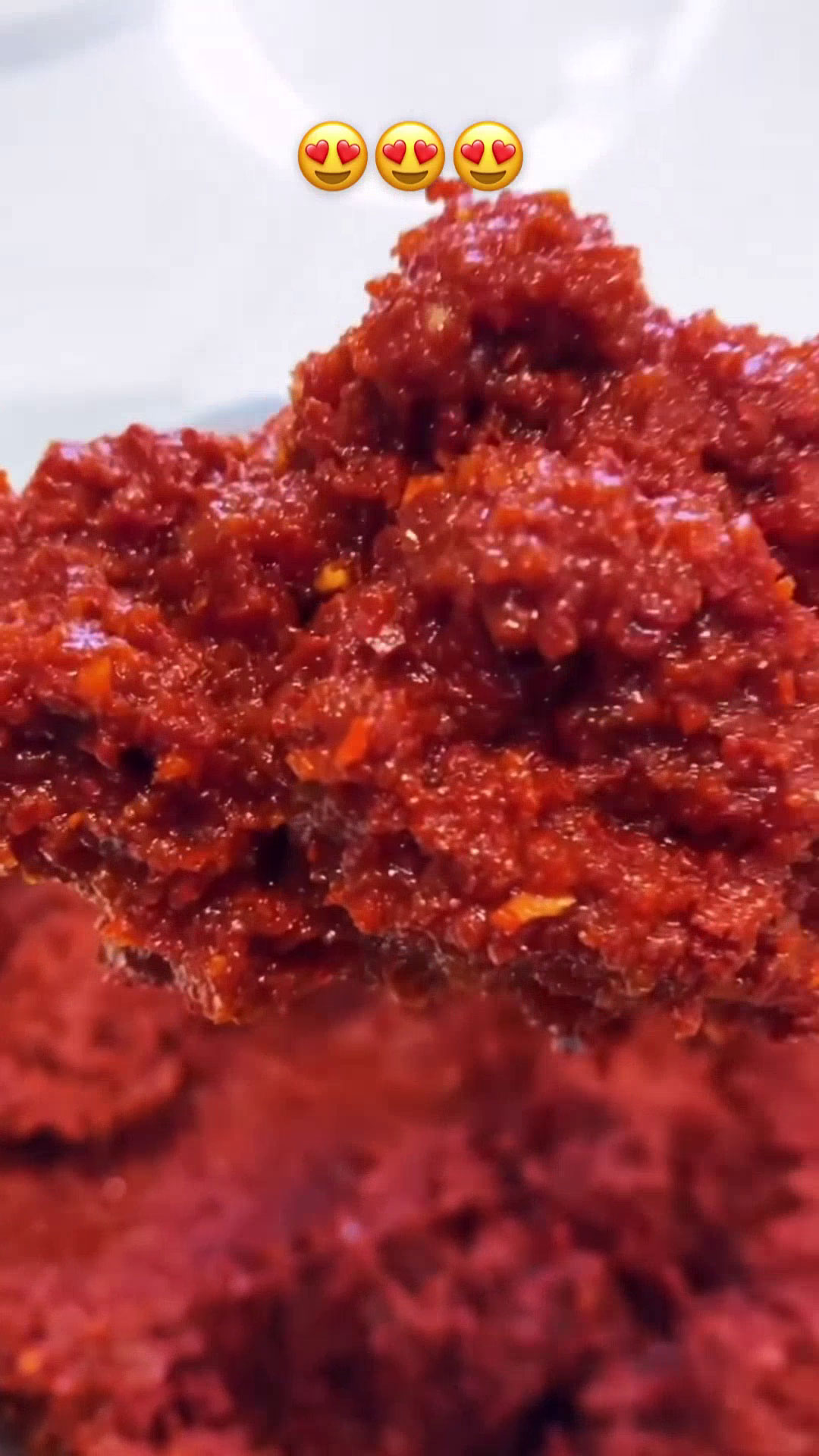
There are several components to the kimchi sauce, and knowing their purpose and substitutions will help you own the recipe.
- Garlic, Onion, and Ginger – These are the aromatics that will provide layers of flavor to the kimchi. If you are allergic to any of these, you can skip them, but make sure to use at least two of these ingredients.
- Korean Apple and Korean Pear – These are for sweetness and acidity. It helps develop the flavor of the kimchi once you store it in the fridge.
- Shrimp Paste and Fish Sauce – These are common condiments used in Asian dishes. They provide salty umami to any dish you add them to.
- Red Pepper Flakes or Gochugaru – This is the Korean type of pepper flakes. It is commonly found in Korean markets. There is no other substitute for this.
- Corn Syrup – This makes the sauce glossy and helps the sauce stick to the cabbage. If corn syrup is not available, you can make a simple syrup by using equal parts of sugar and water instead.
- Rice Flour Mixture – This is the agent that will help wrap the sauce around the cabbage. If you do not have rice flour, you can also blend cooked rice with water and then boil until thick, it will yield a similar result.
Blend together the onion, garlic, ginger, apple, pear, shrimp paste, and fish sauce. Transfer it to a bowl, then add gochugaru and corn syrup.
In a separate pan, combine water and rice flour and bring it to a boil. Stir continuously until it becomes thick. Let it cool then add to the gochugaru mixture.
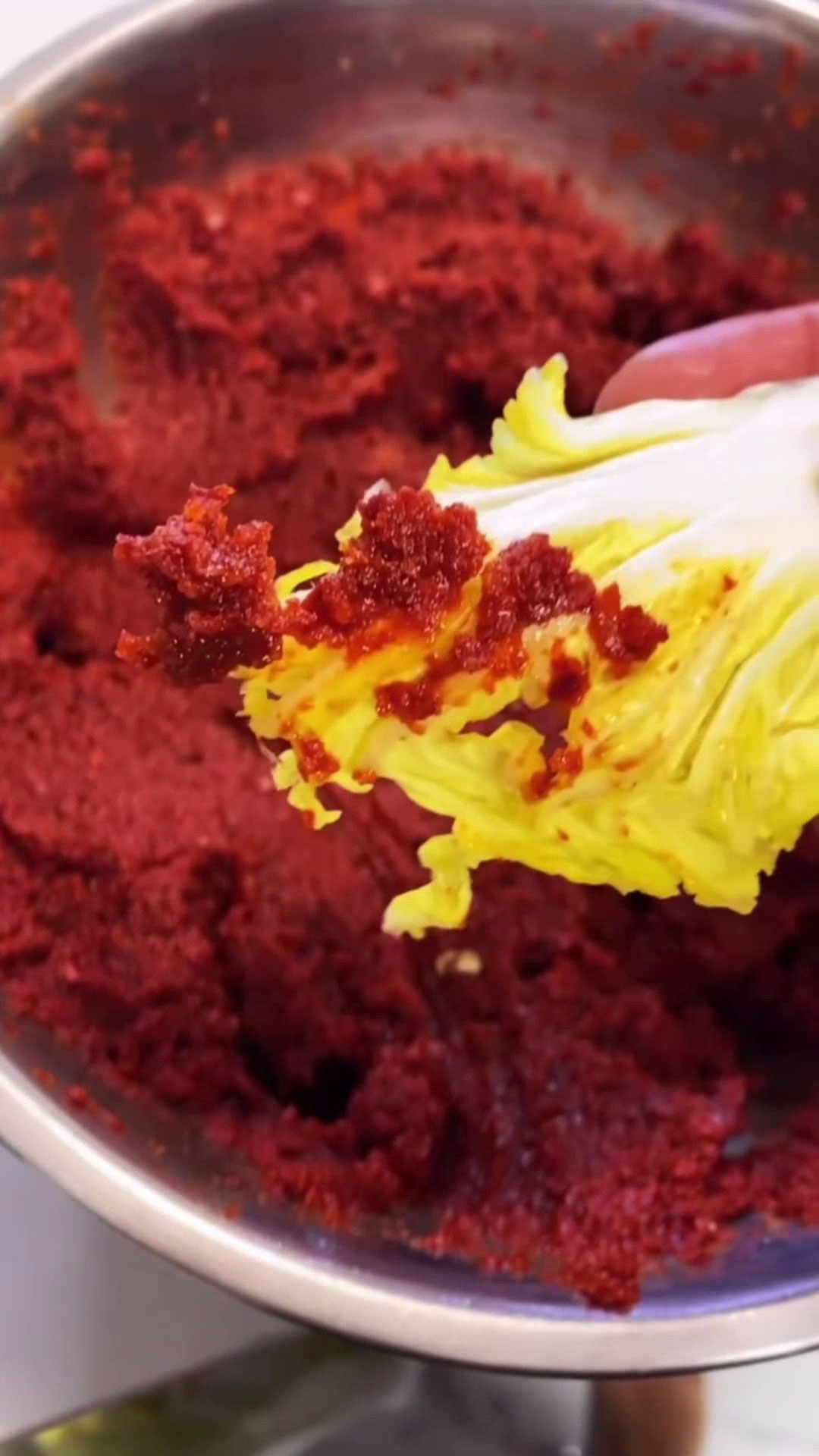
When it has come together, you should taste a sweet, spicy, and flavorful kimchi sauce. The best way to test if it is already good, get a piece of cabbage and dip it in the sauce. It should be spicy but flavorful!
To adjust, if you like it a bit more spicy, gradually add pepper flakes. If you like it a bit sweet, gradually add corn syrup. If you think it needs a bit more flavor, gradually add fish sauce.
Where can I buy the ingredients?
I often buy my ingredients at Hmart. If there’s no Hmart in your area, you can also buy them from Amazon. Links are available in the ingredient list above.
What I can substitute for Korean pear/apple?
Feel free to use regular apples and pears. They should work out just fine!
Can I leave out the shrimp paste and/or fish sauce?
If you’re allergic to shrimp paste, use more fish sauce. If you’re allergic to fish sauce, use more shrimp paste.
If you are vegan or are allergic to both, you can use soy sauce. Check out the recipe from The Korean Vegan’s Kimchi Recipe for more details but I have yet to try this myself.
What kind of pepper flakes?
The pepper flakes I used in this recipe are not the usual pepper flakes you see in grocery stores. It’s a unique variant where dried Korean red peppers are coarsely ground. It’s bright red, mild in spice, and has a unique sweet and smoky flavor once added to the kimchi sauce.
Can I make this less spicy?
Gochugaru is mildly spicy which is why it is used in large quantities, but if your tolerance for spice is low, you can reduce the pepper flakes accordingly. Alternatively, you can also use this water kimchi recipe–it’s non spicy and you can also add brined cabbage along with the radish.
Is there an alternative to corn syrup?
Some of my followers mentioned they used honey instead of corn syrup and it worked out well, but I have yet to try this for myself. If you’re worried about the sugar content in this recipe, it will break down as you store it longer and won’t be sweet.
Combining the Napa Cabbage and Sauce to Make Kimchi
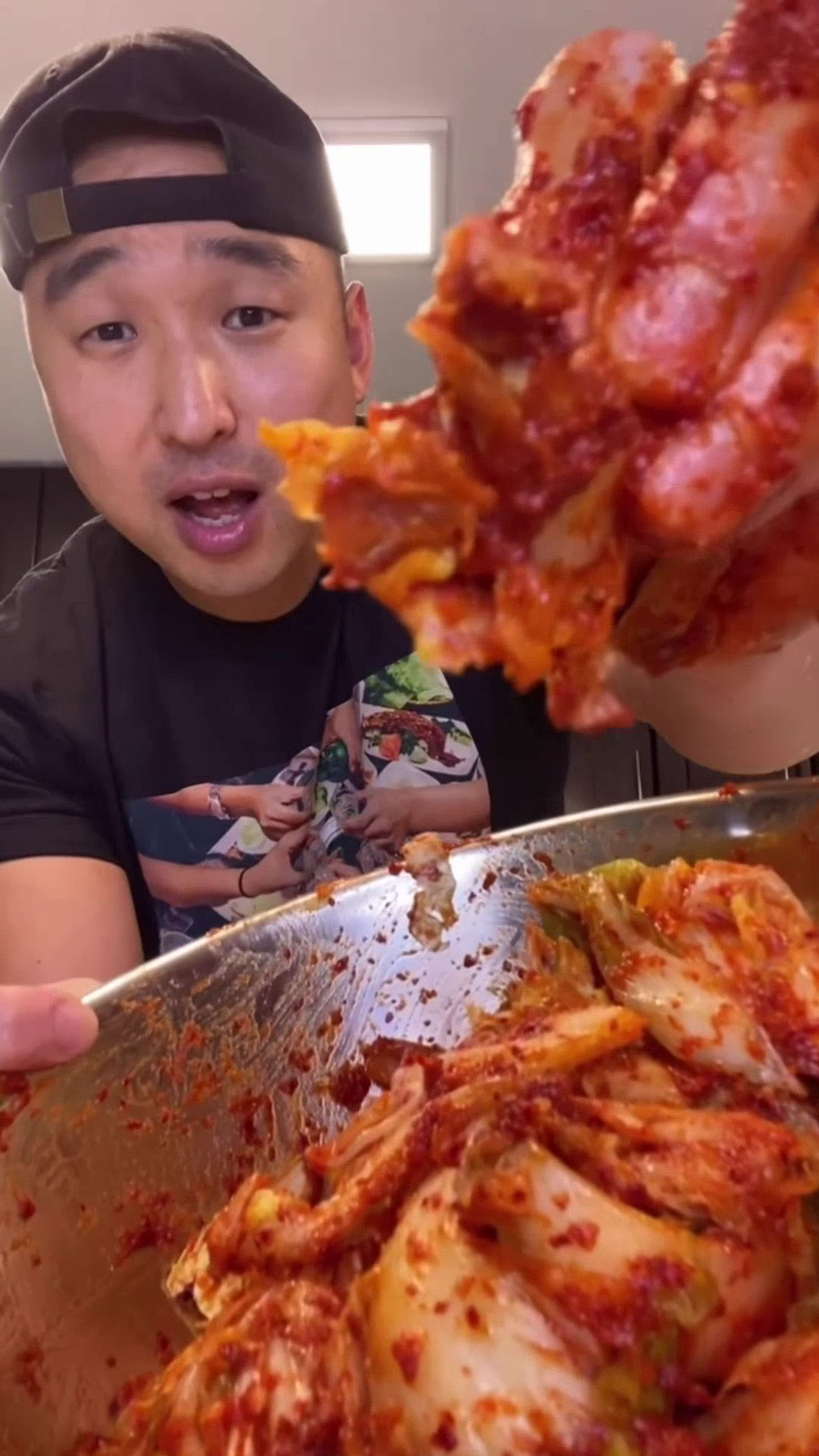
For fresh kimchi, you just need to mix the sauce with the cabbage thoroughly, ensuring every piece is coated with the sauce. Use your gloved hand to give it that “sohn mat” or “hand taste”, and give it a lot of love! This is spicy, so it may sting, double glove if possible. It should come together just like a salad and you can enjoy this right away!
Storage Instructions
How do you ferment kimchi?
For this recipe, you do not need to ferment it. You can enjoy this right away! Fermented kimchi has a different recipe and method of making, and each Korean family has a unique way of doing it. It’s often a family secret, just like ours!
How long can I keep this in the fridge and how do I know if it has gone bad?
Place this in a clean jar or container and store in the fridge for 7-10 days. The longer it sits, the better it will taste because the sauce will continue to develop over time. Take note, however, that the longer it sits, the watery it becomes. Make sure to smell and taste before consuming. Mold growth and foul smell are indicators that kimchi has gone bad.
Serving and Other Recipes with Kimchi
Fresh Kimchi is best served as a side dish to Korean BBQ, Bossam, Kalguksu, or Chicken Porridge.
But if you want to take things up a notch, here are several dishes you can make:
So healthy and so versatile!
Make sure to leave a rating, a comment, or tag me on Facebook, Instagram, or Tiktok when you chop them up! Yeobosayo!
Fresh Kimchi (Geotjeori)
Equipment
- 2 Big Bowls
- Strainer
- Heavy Object Or deep pot with water
- Blender
- Clean Jar or Container
Ingredients
- 7 lbs Napa Cabbage
- 1 bunch Chives Sliced to matchsticks
- 50 grams Sea Salt
- 4 cups Water
Kimchi Sauce Ingredients
- 150 grams Onion
- 4 tbsp Garlic
- 1/2 tbsp Ginger
- 150 grams Korean Apple or Korean Pear Combined
- 1/4 cup Shrimp Paste
- 1/4 cup Fish Sauce
- 2 cups Red Pepper Flakes or Gochugaru
- 3/4 cup Corn Syrup
- 1 1/2 cup Water
- 1/2 cup Rice Flour
Instructions
Brining the Cabbage:
- Slice the cabbage in half and remove the core. Take out and separate the small pieces in the middle, that is the perfect size.
- For the big pieces, cut it once in the middle then diagonally or horizontally to bite size so there will be a stem and leaf in every bite.
- In a big bowl, layer cabbage and sea salt alternately so all the pieces will be salted.
- Afterward, cover the salted cabbage in water then place a heavy object on top to push it down so the salted water comes up and brines the whole cabbage, in the same way, all the water content from it comes out.
- Let it sit for 30 minutes.
- After brining, rinse it 2 times to remove excess salt, then let it drain for 30 minutes to dry out so the sauce can stick properly.
Kimchi Sauce
- Blend up onion, garlic, ginger, apple, pear, shrimp paste, and fish sauce.
- Transfer into a bowl and mix with pepper flakes and corn syrup. Set aside.
- In high heat, mix water and rice flour until it comes to a boil. Make sure to mix thoroughly to prevent any lumps.
- Combine the rice flour and pepper flakes mixtures and mix thoroughly. To taste test, dip a cabbage into the sauce and adjust according to preference.
Making the Kimchi:
- Once the cabbage is drained, mix the sauce with the cabbage using your hand so everything gets sauced up. Mix thoroughly with a lot of love.
- Plate and serve as a side dish and enjoy!



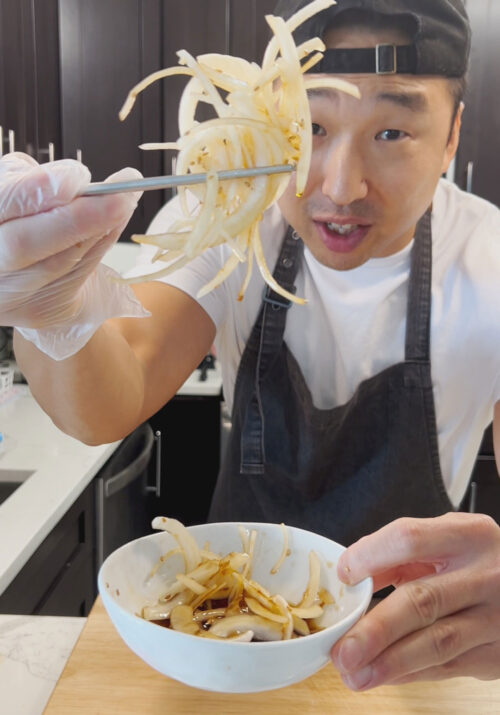


Love this recipe! I’m trying to make it again and don’t have any more rice flour, how much cook rice would you suggest I use to substitute it before I add water?
Same amount of rice or even all purpose flour, just do the same process of making a paste for it. 🙂
Is shrimp sauce similar to shrimp paste? All my searches lead to sauces, but it doesn’t look the same as shrim paste
What’s the difference in this recipe and fermented? Can I leave this in the fridge to ferment?
For fermented and fresh kimchi, the ingredients are almost the same. The main difference lies in the process of making it so the other will be more suitable to ferment and develop that unique sour taste.
For this recipe, you can store it in the fridge so the flavors of the sauce comes together but you need to consume it within the week because there might be difference in texture if left for longer.
How do I store this and how long will it last?
Place in a clean container and store in the fridge. It should last for 7-10 days.
Can I use something besides shrimp paste?
Add more fish sauce instead~
This was amazing. Crisp and tasty. Thank you.
Yeobosayo!!!
So far so good..!! Couldn’t find shrimp past so I made my own. Took a sample before jarring and this is pretty darn Legit for a white guy! Love it chef Chris keep it up!! Ready to try more!!
Wow! It’s amazing to hear that you made your own shrimp paste! Glad it’s working out well for you and hope you try out more recipes soon!
What brand of shrimp paste do you use?
Chopripdong Korean Shrimp Paste~
Can you substitute chili paste for the flake?
Sorry, no~
How can I buy your kimchi
Sorry, it’s not available for sale at the moment~